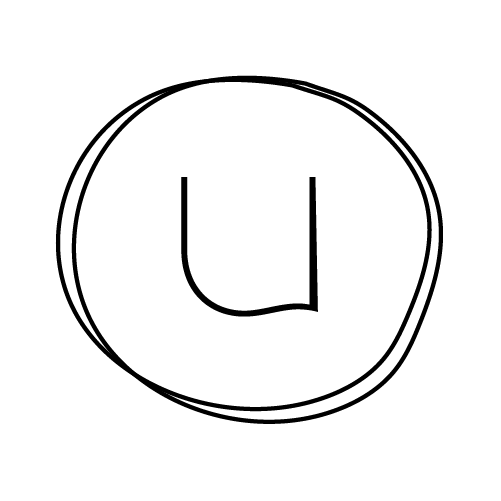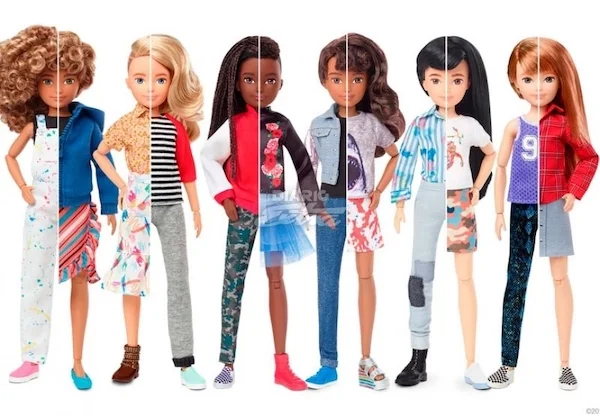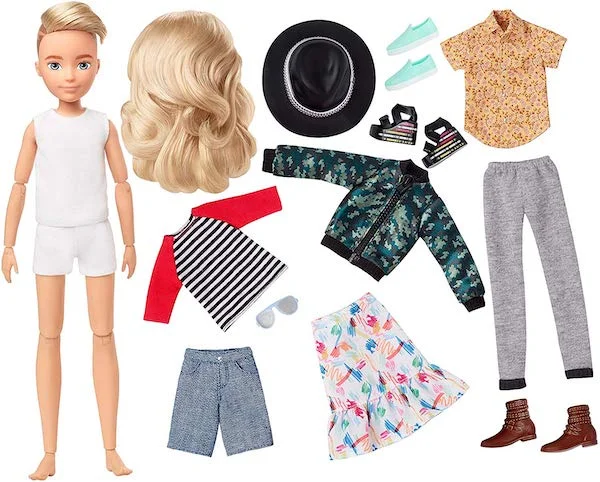Sept Ifs: Play Time
The Creatable World doll launch. Future CEOs and world leaders. Photo by Mattel.
The Ifs change up
If you're new here, the monthly "Ifs" issue is a mashup of aspirational, useful and random stories to help you think about your business in new ways.
This month is different. The launch of Mattel's Creatable World gender-neutral doll line, and the funding of The Strong museum got me thinking about innovation roadmaps and how we play (or don't). So this Ifs issue has more of a theme than in the past, save for one article that will encourage you to let it all out in the shared bathroom.
Also, I've added Amazon Affiliate links to this newsletter. So if you purchase a Creatable World doll, or books or other items referenced in a future articles, I'll get a small fee from the sale. I'm pre-revenue with Underwire, so your conscientious shopping from my links can make a small difference. 😘
Aspirational....
If product innovating
On September 25, 2019, Mattel launched Creatable World, the world’s first line of gender-neutral dolls. Featuring four skin tones and various hair styles, the dolls are part of a $30 kit that includes different sets of clothing and accessories for customization.
I've followed Mattel closely since 2016 when they gave Barbie a body image update. I was curious to watch how an enterprise toy company would outwit a startup like Goldieblox and their viral video machine. The body image product line was a solid attempt to appeal to the realities of a changing fashion doll market, helping to increase sales in single digits in 2017 (according to their Annual Report).
A year later in June 2017, former CEO Margo Georgiadis (since departed) announced a new strategic growth plan at Mattel's Investor Day. Georgiadis set the stage for the launch of the Creatable World product line 15 months later with these key organizational priorities and actions:
A focus on strengthening their product innovation pipeline, specifically targeting 6 to 9 month product development cycles (compared to 18 months)
Reshaped operations to align to market opportunities and support omni-channel distribution (Amazon and WalMart)
A new Mattel employer brand initiative, sparked by an updated brand purpose, promise and values.
Creatable World is an innovation throw-down. This product line is the result of targeting a specific void in the doll market with a cultural and political anchor. From what I've read, the broader customer profile looks like this:
Millennial parents of young people identifying as gender-nonbinary (a growing category, according to Pew Research data)
Mattel tested the doll with 250 families across seven states, including 15 children who identify as trans, gender-nonbinary or gender-fluid. Since the parents buy the dolls, this product launch is a mainstream test of Millennial values and how accepting that demographic really is of gender-fluidity.
The sales will tell. Mattel currently has 19% market share in the $8 billion doll industry; gaining just 1 more point could translate into $80 million in revenue for the company. Will ~500,000 values-driven Millennial parents buy this doll?
We'll have a clear read on the effectiveness of their innovation strategy when Mattel announces Q4 2020 earnings in February.
For the record, I bought two of these dolls to show my solidarity for the acceptance, freedom of play and cultural button-pushing these toys represent. Besides, Blonde Wavy Hair she/he/they...I can finally have my own mini Megan Rapinoe / Justin Bieber to fire me up when I'm disgusted by the patriarchy. And Black Braided Hair, those braids. Um, I'm struggling with how to say this respectfully...but I'm really looking forward to styling that gorgeous black hair.
Side note: I get Mattel's naming strategy for this line—keep it neutral—but Copper Straight Hair, etc. does feel slightly off to me as a namer. Why categorize by hair color? Hmmm, maybe in their rush to market they cut the naming spend and figured they'd tweak it on the next gen?
Read the full backstory of the product launch on Time, which details all of the market and product-development factors that impact corporate innovation work.
“I think being a company today, you have to have a combination of social justice along with commerce, and that balance can be tricky.”
Practical....
If you want Mattel-style segmentation
If you're having difficulty growing or acquiring new customers, you should conduct segmentation research. In this article, Laura Troyani of Plan Beyond details what segmentation is, how to use it to pull different growth levers, and what to do with the results for a stronger marketing and product-development strategy.
Random...
If you don't poop at work
Take back your bio-break. "The patriarchy has seeped into women’s intestinal tracts. Let’s call it the pootriarchy." 😬 From the Flush Hush to the Scatological Standoff, we need to get over our fear of being heard in the bathroom. Let it all out, with a little help from a Squatty Potty. Thanks, The New York Times.
Last week 26 women raised over $255.3 million in funding from venture capital, grants and accelerator groups. Read the full list on our Funding Update. Subscribe to our newsletter to receive the previous week’s funding details in your inbox each Monday.
There is one update from this week’s newsletter that I want to share below, as it relates to the overall theme of play…
Margaret Woodbury Strong, founder of The Strong museum of play.
The Strong, Margaret Strong, Founder, $700,000, Grant
Rochester, NY-based non-profit and the world’s only collections-based museum devoted to the history and exploration of play; first round grant from National Endowment for the Humanities. (Website, Crunchbase)
The Strong received the NEH’s “Chairman’s Special Award,” which highlights major exhibit projects that present significant topics in the humanities. The funding will support the implementation of Digital Worlds (tentative title)—a 24,000-foot exhibit planned as part of the museum’s expansion that will explore the influence of electronic games on cultural history.
A woman I’d want seated at my dream dinner table: Margaret Woodbury Strong, a prolific collector of everyday objects, especially dolls and toys, founded The Strong in 1968 under the name “Margaret Woodbury Strong Museum of Fascination.” Before she died in 1969, she bequeathed her considerable estate to help support the museum, and 13 years later it opened in a new 156,000-square-foot building on 13.5 acres in downtown Rochester.




